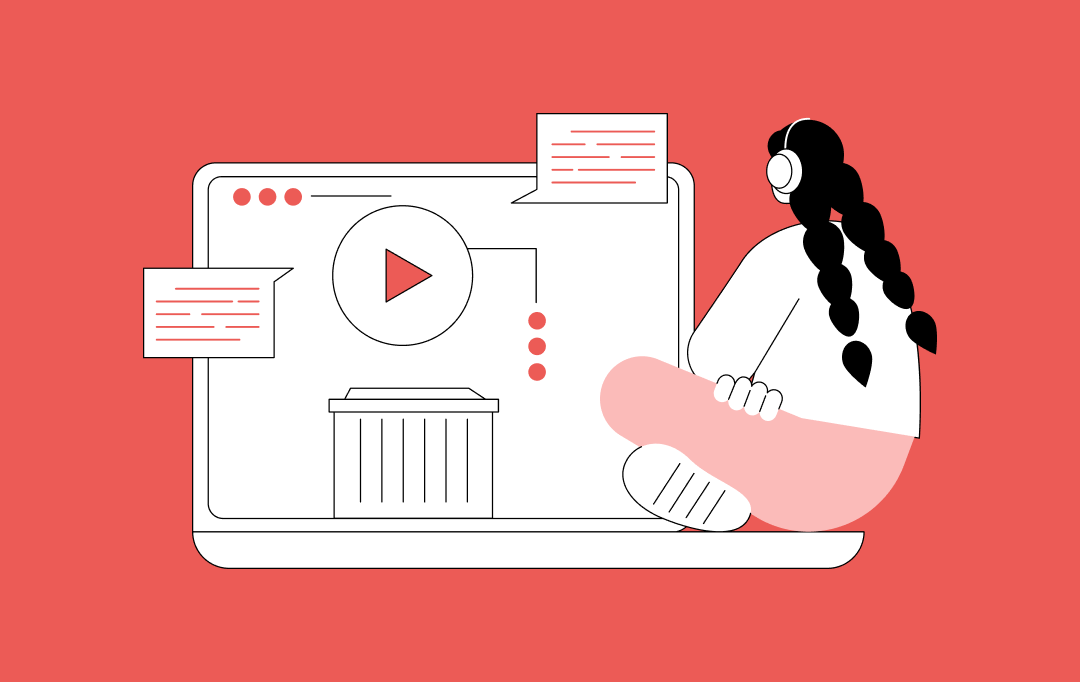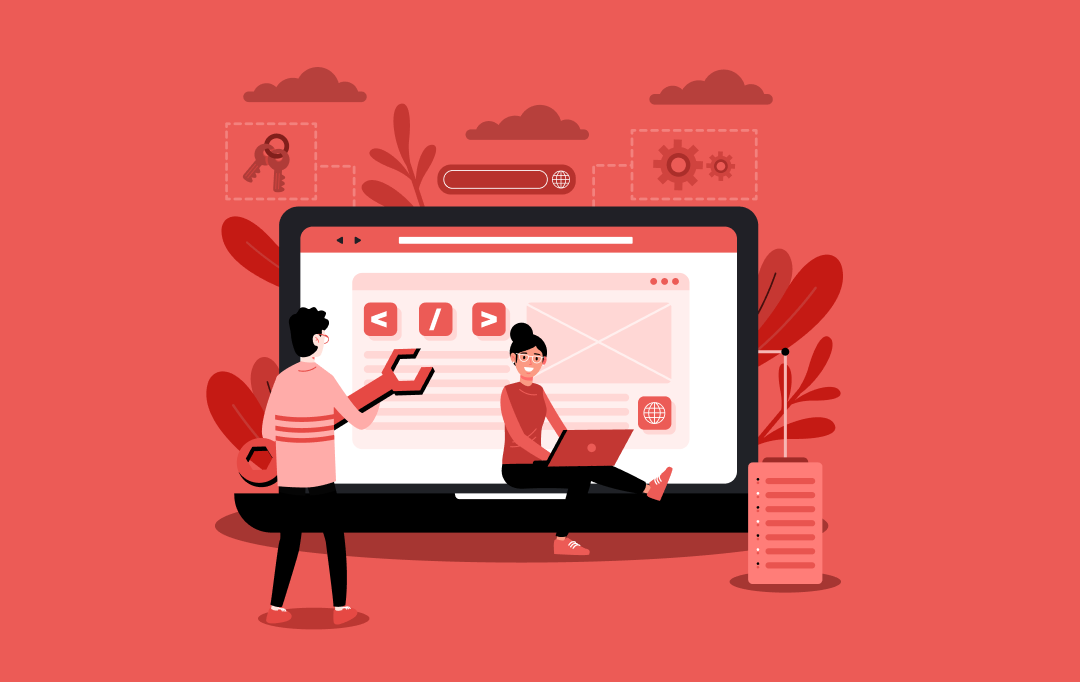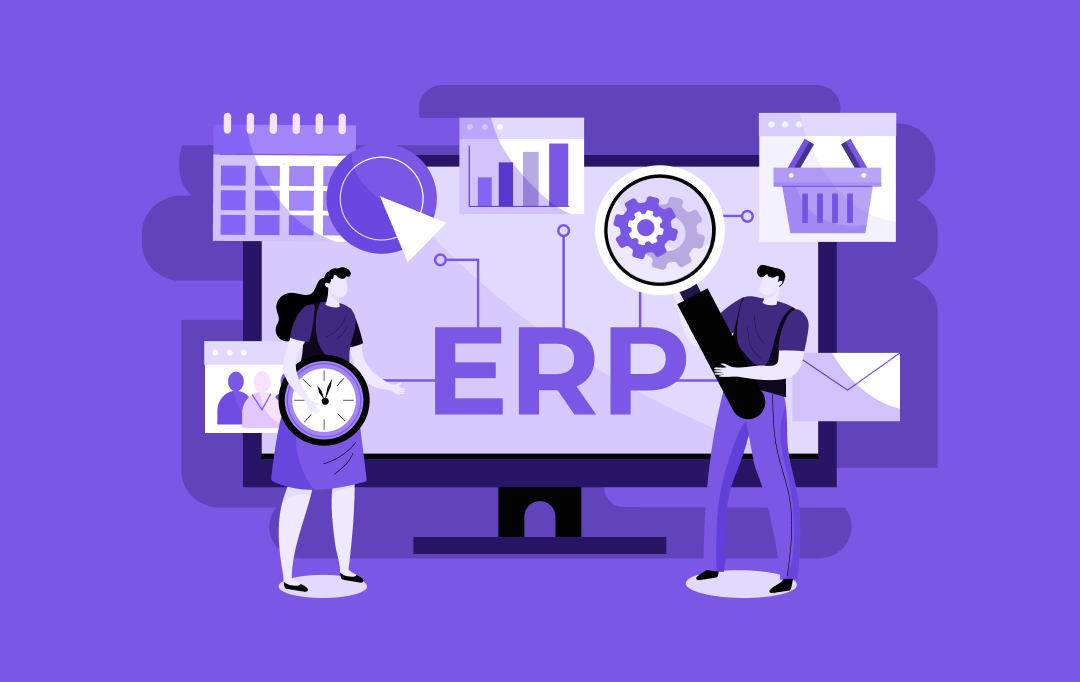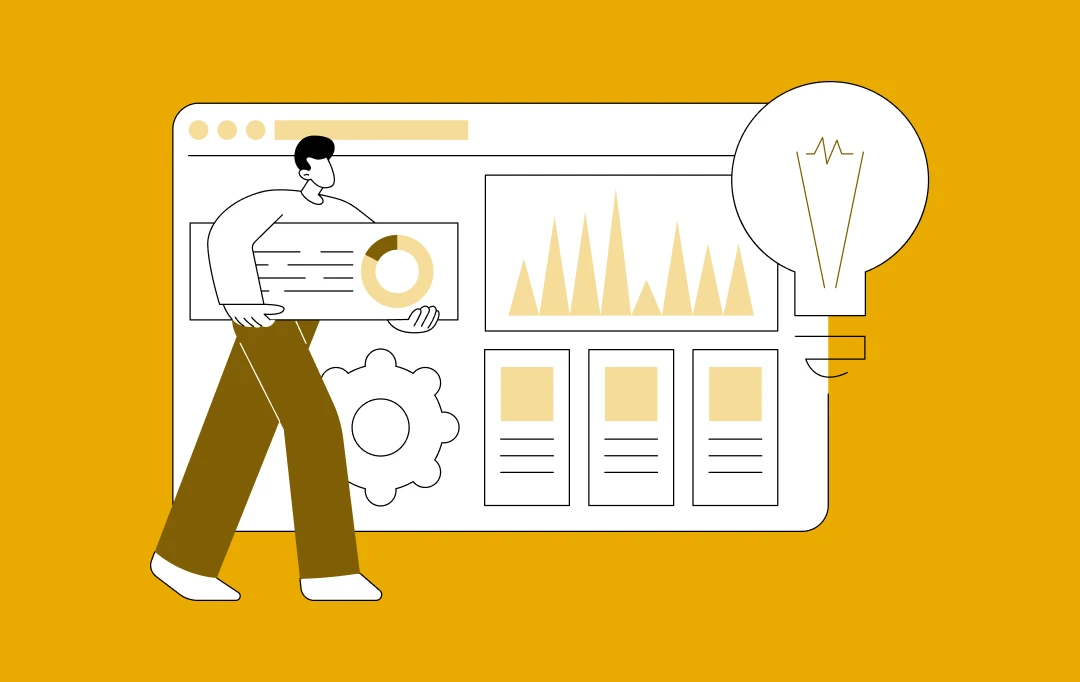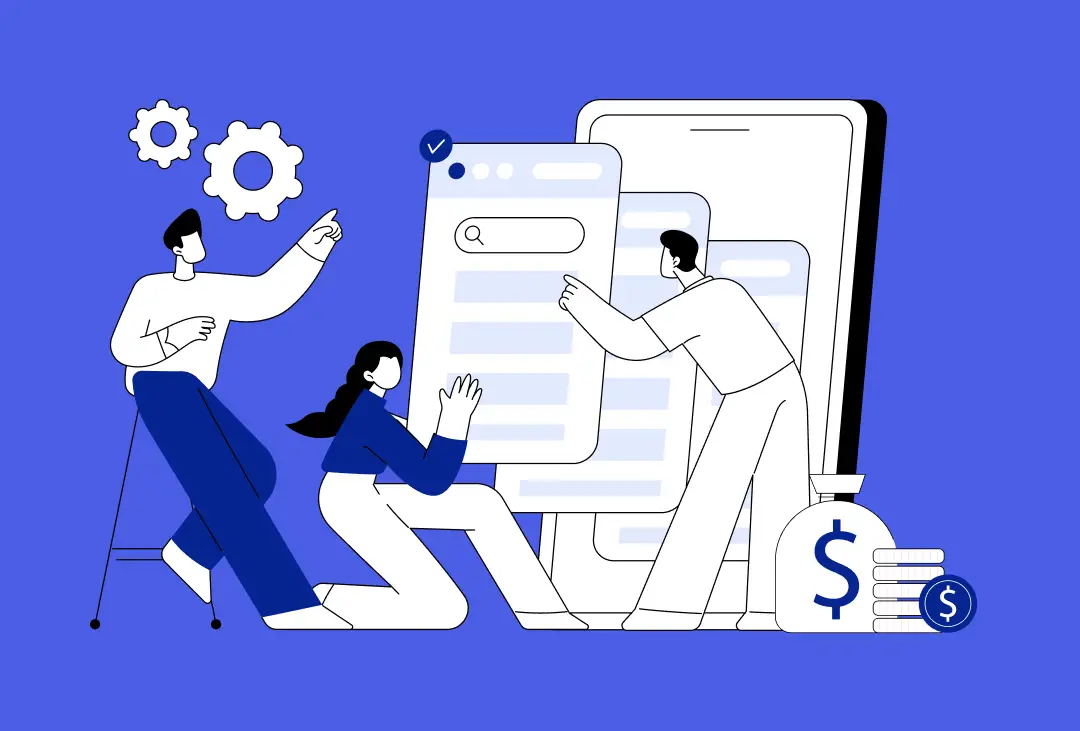Every business reaches a crossroads where legacy software starts holding it back. Systems that once powered growth become bottlenecks, slowing innovation, draining resources, and making integration with new technologies a nightmare. Yet, despite recognizing the need for modernization, many organizations are indecisive.
The hesitation is understandable. Modernizing software isn’t just about upgrading old code – it’s about rearchitecting the foundation of a business. A single misstep can lead to budget overruns, operational disruptions, or failure to deliver tangible value. And with so many modernization paths to choose from – rehosting, refactoring, rebuilding – it’s easy to feel overwhelmed.

But the truth is, it doesn’t have to be chaotic. With the right software modernization strategy, businesses can modernize systematically, minimize risk, and maximize return on investment. The key? A structured, step-by-step approach that aligns modernization efforts with long-term business goals.
This article will summarize the essential steps, tools, and best practices to build software modernization techniques that deliver real results. But before that, let’s dive into the challenges businesses face while modernizing their software.
Challenges Businesses Face When Modernizing Their Software
Software modernization services aren’t just about replacing outdated systems and reshaping a business’s operations. While the benefits are clear, the journey is filled with complexities. To ensure a smooth transition, businesses must navigate several software modernization challenges, from technical roadblocks to organizational resistance.
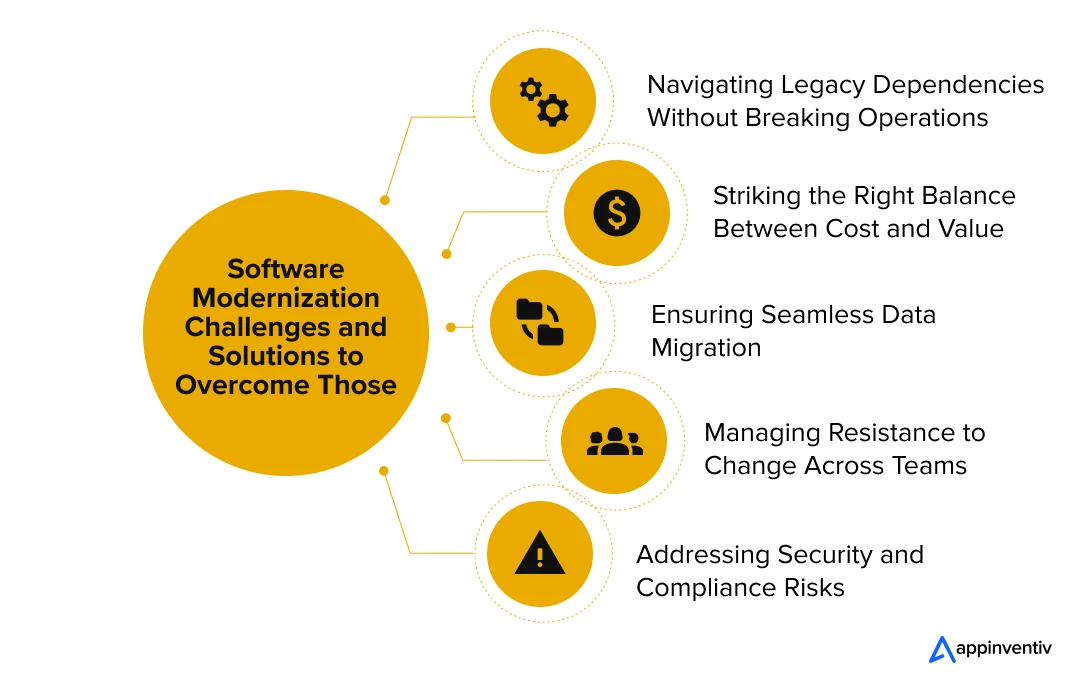
Navigating Legacy Dependencies Without Breaking Operations
Most legacy systems weren’t designed to evolve. Over the years, they’ve accumulated customizations, integrations, and workarounds that deeply embed them in business processes. Some applications still rely on outdated programming languages, unsupported third-party libraries, or even monolithic architectures that resist change.
The problem? Software modernization examples show that a single modification can cause a ripple effect across interconnected systems. Without a thorough understanding of dependencies, businesses risk breaking critical functions, disrupting operations, or losing valuable data.
Software product modernization requires a careful balance: upgrading without causing downtime, rearchitecting without introducing instability, and future-proofing without unnecessary complexity.
Striking the Right Balance Between Cost and Value
Legacy software modernization requires investment. Cloud migration, refactoring applications, and adopting microservices, each decision comes with upfront costs. And while delaying modernization may seem like a cost-saving move, the hidden expenses of maintaining outdated systems – such as high maintenance costs, security risks, and performance bottlenecks – quickly add up.
The challenges of software modernization lie in determining where to invest. Should the business take an incremental approach, upgrading components gradually, or opt for a full-scale transformation? Rehosting legacy applications in the cloud might be faster, but will it provide long-term scalability? Without proper approaches to software modernization, businesses risk spending millions on upgrades that fail to deliver real business value.
Ensuring Seamless Data Migration Without Corruption or Loss
Data is the lifeblood of modern enterprises. Software systems store every customer record, transaction history, and operational insight. However, migrating data from legacy environments to modern infrastructures isn’t always seamless.
Outdated databases often contain redundant, inconsistent, or even conflicting records. In some cases, legacy systems store data in formats that aren’t directly compatible with modern platforms. A poorly executed software modernization process can result in performance lags, corrupted records, or permanent data loss. To achieve efficiency, businesses must implement robust data validation, data loss prevention strategies, and staged migrations to ensure accuracy and security.
Managing Resistance to Change Across Teams
Technology upgrades don’t just impact systems – they affect people. Employees accustomed to legacy tools may resist change, fearing that new systems will disrupt their workflows or make their roles redundant. IT teams might hesitate to adopt unfamiliar cloud-native technologies, while leadership may struggle to align software modernization solution goals with immediate business priorities.
Change management is just as critical as technical execution. Clear communication, ongoing training, and phased rollouts help teams embrace modernization rather than resist it. Without company-wide alignment, even the most well-planned software modernization strategy and efforts can stall due to internal friction.
Addressing Security and Compliance Risks
Legacy systems often have security vulnerabilities that put businesses at risk, but modernization introduces new cloud security risks. Migrating to the cloud, implementing API-driven architectures, or integrating AI-powered analytics require re-evaluating security policies.
The biggest risk? Overlooking compliance. Industries like healthcare, finance, and manufacturing operate under strict regulatory frameworks. Any misstep in data handling, encryption, or access control can result in hefty fines and reputational damage. Security-first modernization ensures that businesses remain compliant while improving resilience against cyber threats.
Navigating these challenges requires a structured software product modernization approach that mitigates risks while unlocking modernization’s full potential. The next section will explain the step-by-step process of building a modernization strategy that delivers tangible results.
Steps to Building a Software Modernization Strategy That Delivers Results
Legacy software modernization is rarely just a technical decision – it’s a business necessity. Legacy systems, once the backbone of operations, often become roadblocks to efficiency, scalability, and innovation. Yet, as shown by several examples of software modernization, it is not as simple as upgrading to the latest technology.
It’s about balancing preserving what works, replacing what doesn’t, and ensuring a smooth transition without disrupting business continuity. Something that Sapiens did when they reduced downtime and increased agility simply through modernization or what Coles did to get AI-ready in their customer experience program.
The challenge isn’t just about making the shift – it’s about making it work. A poorly executed software modernization process can lead to downtime, data loss, security vulnerabilities, and spiraling costs. To avoid these pitfalls, businesses need a structured, well-thought-out strategy that delivers tangible results. In this section, we have outlined the critical steps to ensure your modernization journey is both seamless and impactful.

Take a Hard Look at Your Existing Systems
Before mapping out software modernization techniques, you must understand exactly what you’re working with. Legacy systems aren’t just outdated; they often carry years of technical debt, undocumented fixes, and complex dependencies. Overlooking these factors can lead to major surprises down the road.
Start by evaluating:
- Infrastructure: Are applications running on-premises, in a hybrid setup, or fully cloud-based?
- Core IT:
- Architecture. Is the system monolithic, service-oriented, or modular? What are its limitations?
- Performance. Where are the bottlenecks? Are slow response times, crashes, or downtime common?
- Security. Are there unpatched vulnerabilities or compliance risks?
- Data dependencies. Is information centralized, redundant, or siloed across different platforms?
- Maintenance costs. How much is being spent on keeping legacy systems operational?
The insights from this assessment will serve as a foundation for deciding which modernization path makes the most sense.
Define Your Business and Technical Goals
Modernization should not be driven by technology for technology’s sake, it needs to align with business objectives. Without a clear understanding of why you’re modernizing and the expected benefits of software modernization, there’s a risk of investing in solutions that don’t deliver real value.
Ask yourself:
- Is the goal to reduce costs, improve security, enhance performance, or support business growth?
- Will the software modernization services help accelerate go-to-market, improve customer experience, or meet new compliance standards?
- Are competitors leveraging modern tech to gain an edge?
- What are the key success metrics? Faster application response times, lower maintenance costs, improved scalability?
By defining objectives upfront, you can ensure that modernization efforts are focused, measurable, and results-driven.
Choose the Right Modernization Approach
Not all systems need to be rebuilt from scratch. Different modernization strategies might be more suitable depending on your business needs, budget, and technical constraints.

Approaches to software modernization and when to use them:
- Encapsulation. Wrapping existing applications in APIs or microservices to extend their usability without altering the core system. Best for businesses that need to modernize quickly without deep changes.
- Rehosting (“Lift and Shift”). Moving an application to a new infrastructure (e.g., cloud migration) without modifying the code. A fast and low-risk option but may not unlock the full benefits of modernization.
- Replatforming. Making small optimizations (e.g., switching to managed cloud services) without changing the core application architecture. Balances cost-efficiency and performance improvements.
- Refactoring. Rewriting portions of the code to eliminate inefficiencies and improve performance while keeping functionality intact. Ideal for organizations struggling with high technical debt.
- Rearchitecting. Completely redesigning the application to adopt cloud-native or microservices-based architectures. More complex but delivers greater agility, scalability, and resilience.
- Rebuilding. Writing the application from the ground up using modern frameworks while maintaining core business logic. Best when legacy systems are too rigid to support future growth.
- Replacing – Retiring outdated applications and transitioning to commercial off-the-shelf (COTS) or custom-built solutions. The best route is often when existing systems no longer meet business needs.
Each approach has trade-offs and different benefits of software modernization. Choosing the right one ultimately depends on your budget, timeline, and technical capabilities.
Develop a Step-by-Step Modernization Roadmap
A well-structured roadmap helps prevent the software modernization process from becoming a chaotic, never-ending journey. Projects can easily spiral out of scope without a clear plan, leading to unexpected costs, delays, and frustrated teams.
Your roadmap should include:
- Prioritization of applications – Which systems are critical, and which can wait?
- Phased implementation – Will modernization be done in small iterations or as a full migration?
- Risk management – What are the fallback plans if something goes wrong?
- Budget planning – How will costs be allocated across different phases?
- Internal vs. external resources – Will modernization be handled in-house or outsourced?
A phased software modernization process allows businesses to modernize incrementally, reducing risks while maintaining operational stability.
Plan for Data Migration and System Integration
One of the biggest software modernization challenges is handling data. Legacy databases often contain inconsistent, redundant, or siloed information, making migration complex and error-prone.
Key considerations:
- Data cleansing. Remove duplicate or obsolete records before migration.
- Migration method. Will you use batch transfers, real-time replication, or a hybrid approach?
- Business continuity. Keep the legacy system running in parallel during migration to avoid disruptions.
- Integration testing. Ensure new applications communicate smoothly with existing systems.
Failing to plan for data migration can lead to corrupted records, system failures, and major operational disruptions.
Strengthen Security and Compliance from the Start
Modernization introduces new security risks, from misconfigured cloud environments to API vulnerabilities. Security must be embedded from day one, not treated as an afterthought.
Best practices:
- Encrypt sensitive data and implement role-based access controls.
- Conduct vulnerability testing before deployment.
- Ensure compliance with regulations like GDPR, HIPAA, and SOC 2.
- Adopt DevSecOps – integrate security into the development lifecycle rather than bolting it later.
Neglecting security can lead to data breaches, compliance fines, and reputational damage, making proactive risk management essential.
Drive Adoption with Change Management and Training
Technology alone won’t drive success – people must embrace the changes. Without proper training and support, employees may resist modernization and slow down adoption, even though the benefits of software modernization are clear.
Smooth adoption tactics:
- Provide hands-on training for different teams based on their roles.
- Roll out changes gradually instead of overwhelming employees with a full-system overhaul.
- Offer real-time support through documentation, help desks, and dedicated transition teams.
- Communicate the benefits of modernization, ensuring employees see it as an enabler, not a disruption.
Adoption determines whether approaches to software modernization succeed or fail – getting it right is just as important as the technical execution.
Continuously Monitor, Optimize, and Evolve
The software modernization process isn’t a one-time event; it’s an ongoing process. Technology, business needs, and security threats evolve, making continuous optimization essential.
Post-modernization strategies:
- Track KPIs and performance metrics to measure impact.
- Gather user feedback to refine workflows.
- Apply regular updates and security patches to maintain resilience.
- Explore emerging technologies like AI for legacy application modernization, blockchain, and serverless computing to stay ahead.
A modernization strategy that evolves ensures long-term agility and competitiveness.
Successful modernization isn’t just about upgrading software, it’s about future-proofing your business. With structured, well-executed software modernization techniques, companies can unlock efficiency, scalability, and innovation while minimizing risks.
Do You Need Software Product Modernization?
Modernizing your software is a big decision, one that requires time, resources, and strategic planning. But does your business need it right now? Not every system needs a complete overhaul; in some cases, optimization may be a better path forward.
Before leaping, ask yourself these key questions to see if software modernization techniques are where you should invest.
Are performance issues slowing you down?
If your systems crash frequently, struggle with increased workloads, or cause delays, they could hold your business back. Tools like New Relic, Datadog, or AppDynamics can help you monitor performance in real-time and identify bottlenecks that may signal the need for an upgrade.
Is security becoming a concern?
Outdated software often lacks modern security protections, leaving you vulnerable to cyber threats and compliance risks. If your systems don’t meet GDPR, HIPAA, or PCI-DSS regulations, it’s time to take action. Security tools like Splunk Security Cloud or Microsoft Defender for Cloud can help you assess vulnerabilities before they become major threats.
Can your current systems scale with your growth?
If adding new features feels like a never-ending challenge or integrations with modern tools seem impossible, your system may not be built for the future. Running scalability tests with Apache JMeter or LoadRunner can show whether your infrastructure can handle expansion or if software product modernization is the smarter path forward.
If you’re facing multiple challenges on this list, it’s probably time to start planning your legacy software modernization journey. But if your systems are running smoothly, compliant with regulations, and scaling effectively, you may not need a full overhaul. The key is to align modernization with your business goals so that when you do make the move, it delivers real results.
Partner with Appinventiv for Seamless Software Product Modernization
As you consider modernizing your software, the road ahead can seem daunting – especially with many potential pitfalls. That’s where a trusted legacy software modernization company like Appinventiv can make all the difference. With years of experience in app modernization, we specialize in transforming legacy systems into cutting-edge, cloud-native applications that meet the demands of today and are prepared for tomorrow’s challenges.
When you choose us as your partner software modernization company, you gain access to a comprehensive suite of services designed to streamline your modernization journey and maximize ROI:
- Legacy System Evaluation and Strategy: We begin by evaluating your current systems, identifying critical pain points, and designing a strategy that aligns with your business goals. The result is a tailored roadmap for modernization that reduces disruption and accelerates outcomes.
- Cloud Migration and Optimization: Moving your applications to the cloud isn’t just about reducing overhead costs; it’s about enabling flexibility, scalability, and future-proofing your infrastructure. Our team ensures a seamless migration to cloud platforms like AWS, Azure, or Google Cloud, optimizing your systems for greater performance and cost savings.
- Code Refactoring and Reengineering: If legacy applications hold you back, we can refactor and reengineer them to meet modern standards, enhancing code maintainability and efficiency. This means your applications will run smoother, with fewer bugs and a significantly improved user experience.
- Advanced Technology Integration: Whether it’s integrating AI, machine learning, or the IoT, we help future-proof your applications by incorporating next-gen technologies that provide deeper insights, improve decision-making, and drive operational efficiencies.
- UI/UX Modernization: Your applications’ look and feel matter as much as functionality. Our design team works on modernizing your app’s UI/UX, ensuring it’s intuitive, visually appealing, and delivers a user experience that meets the expectations of today’s digital consumers.
When you partner with our software modernization company, you’re not just modernizing your software but setting the foundation for future innovation. Our proven methodology ensures that your modernization is not just a technical upgrade but a comprehensive transformation that enhances efficiency, lowers costs, and boosts customer satisfaction.
Contact us to help your business thrive in an increasingly competitive, tech-driven world.
FAQs
Q. What is Software Modernization?
A. Software modernization strategy refers to updating and enhancing legacy software systems to meet the demands of today’s fast-paced technology landscape. This may involve migrating applications to the cloud, refactoring old code, integrating new technologies, or improving user interfaces. The goal is to improve performance, security, scalability, and user experience, ensuring that the software can support the evolving needs of a business and its users.
Q. What are the Benefits of Legacy Software Modernization?
A. Modernizing legacy software comes with a wide array of benefits. One of the most immediate advantages is improving system performance, which can increase speed, efficiency, and overall user satisfaction. Additionally, legacy software modernization enhances security by eliminating vulnerabilities in older systems, making your software less prone to cyber threats.
Another key benefit is scalability. Modernized software can be more easily adjusted to accommodate growing user demands, new features, and expanding business needs. Legacy software can also limit integration with the latest technologies; modernization allows seamless integration with newer tools, systems, and platforms, helping businesses stay competitive and adaptable.
Furthermore, modernizing your software often results in reduced maintenance costs. Older systems can be costly to support, while newer platforms tend to be more efficient, reducing long-term IT expenses. Ultimately, legacy software modernization helps businesses future-proof their applications, ensuring they stay relevant and capable in an ever-changing market.
Q. What is Modernization in Software Development?
A. Modernization in software development involves updating or replacing outdated software technologies, frameworks, and infrastructures with more current, efficient, and scalable solutions. This process is essential for businesses aiming to optimize performance, enhance user experience, and integrate new technologies like AI, machine learning, or the Internet of Things. Modernization can take various forms, such as refactoring legacy code, migrating systems to the cloud, or even building new applications to replace legacy systems.
Software modernization aims to ensure that businesses can continue to meet the needs of their customers and adapt to new challenges in an increasingly digital world without being held back by old and inflexible systems.
Q. What are the Best Practices For Software Modernization?
A. A well-planned software modernization strategy can set the direction, but execution is where modernization efforts often unravel. Unexpected costs, downtime, security gaps, and resistance to change can turn what should be an upgrade into a prolonged struggle. The key is to approach software modernization services as an ongoing transformation rather than a one-time fix that balances immediate gains with long-term scalability.
One of the other critical software modernization best practices – Choosing the right technologies is just as important as deciding what to modernize. Simply updating outdated software without considering long-term adaptability can lead to recurring modernization cycles that drain resources.
Moving toward cloud-native architectures, containerization with Kubernetes and microservices offers the flexibility needed for future growth. For companies looking to speed up development, low-code platforms like OutSystems or Mendix can provide a faster, more agile way to build and deploy modern applications.
Meanwhile, AI-driven automation software modernization tools such as UiPath and IBM Watson AIOps can optimize workflows, enhance security, and reduce the burden on IT teams. The more adaptable the technology stack, the less likely businesses will need another major overhaul in just a few years.


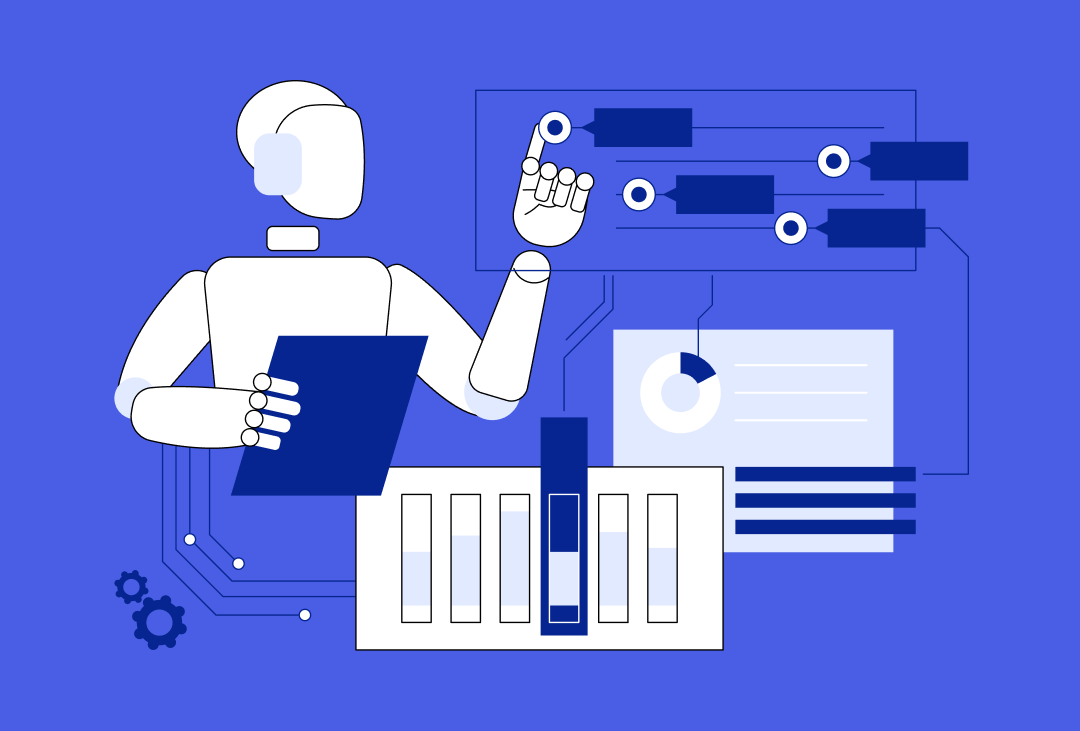

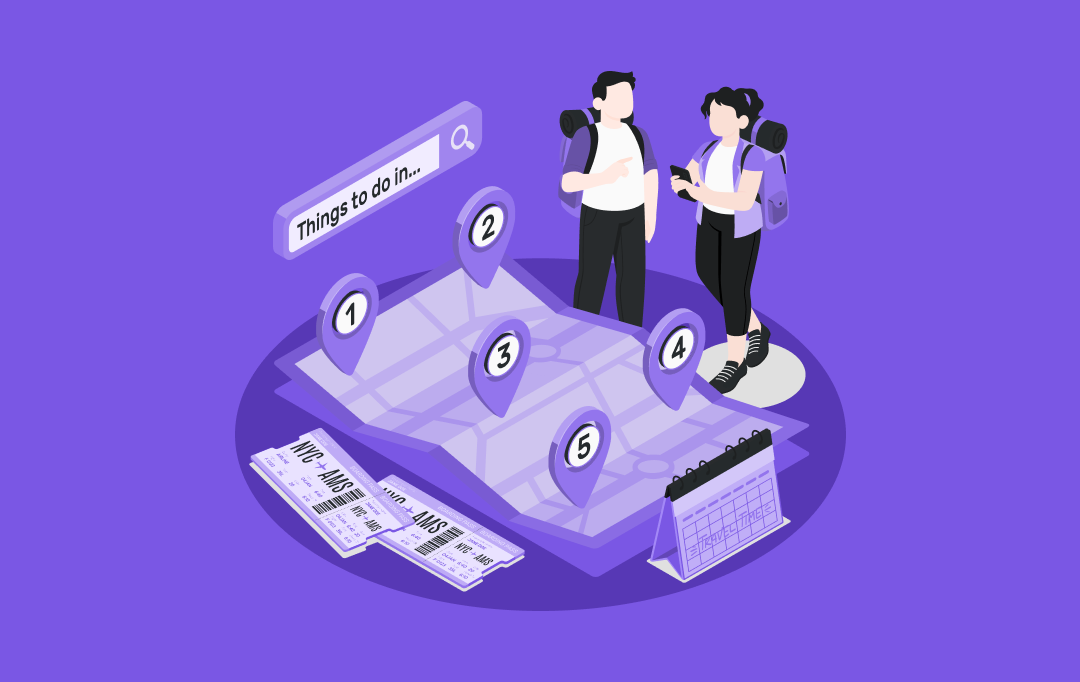


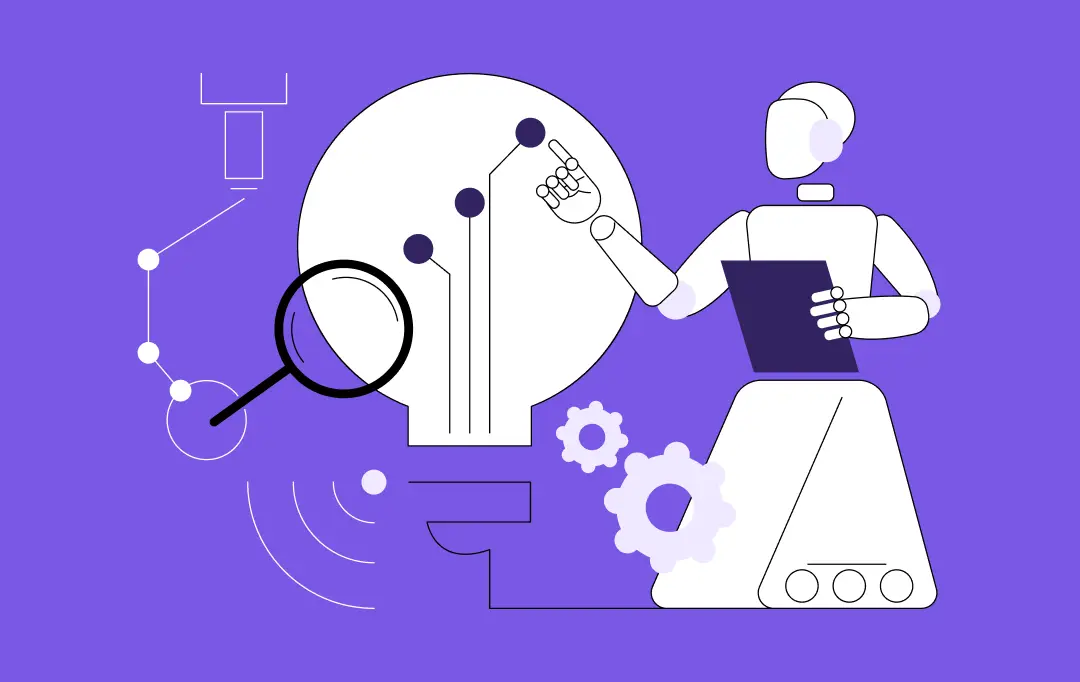
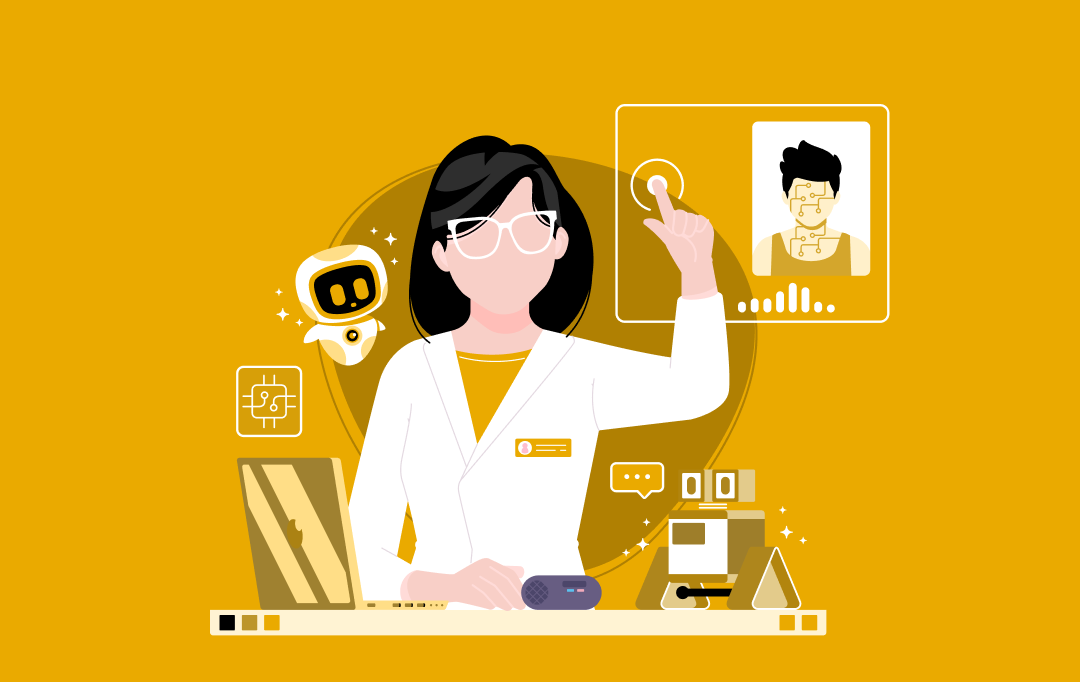
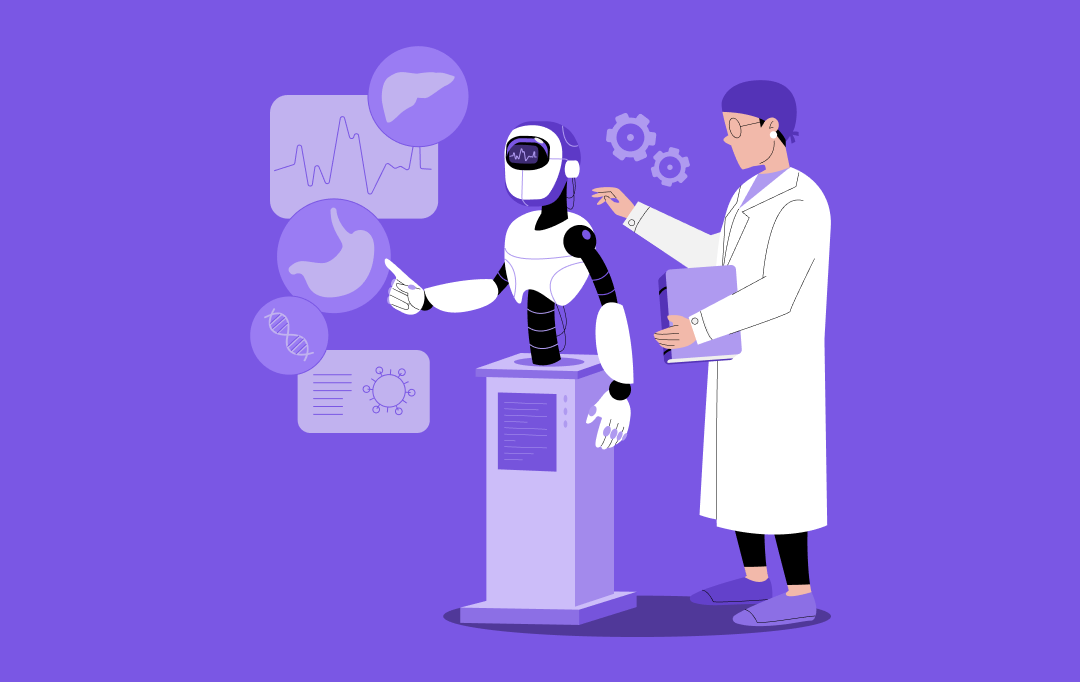
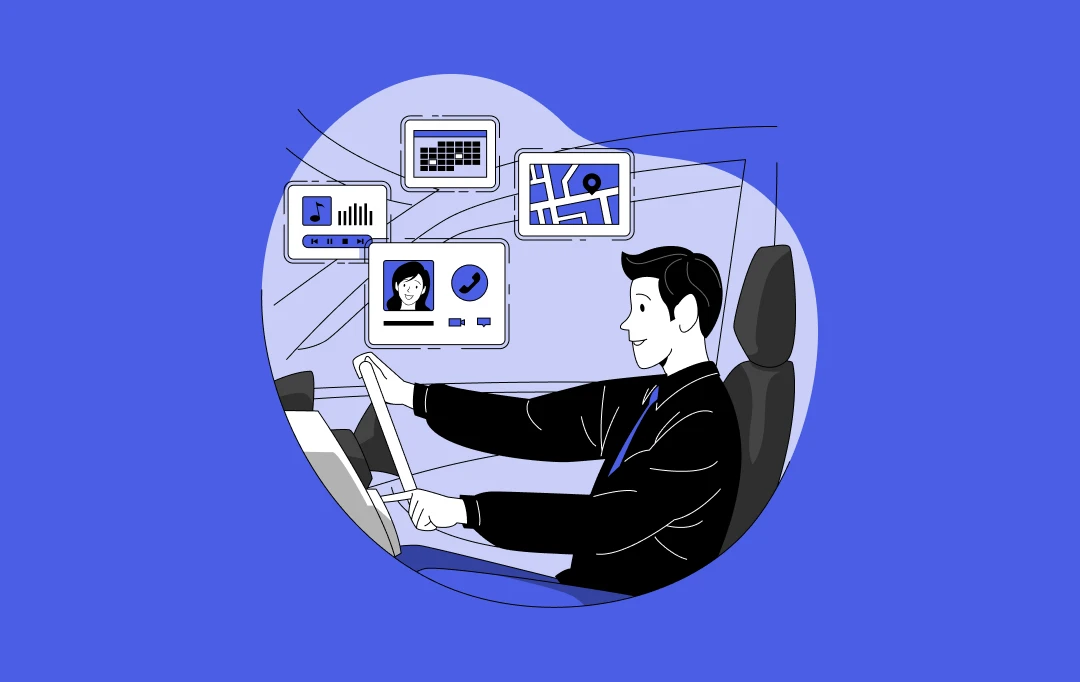

IT Managed & Outsourcing
Consulting Services
Data Services
Didn't find what you're looking for? Let us know your needs, and we'll tailor a solution just for you. RECOMMENDED BlogsView All BlogsRECOMMENDED guidesView All Guides
RECOMMENDED BlogsView All BlogsRECOMMENDED guidesView All Guides

